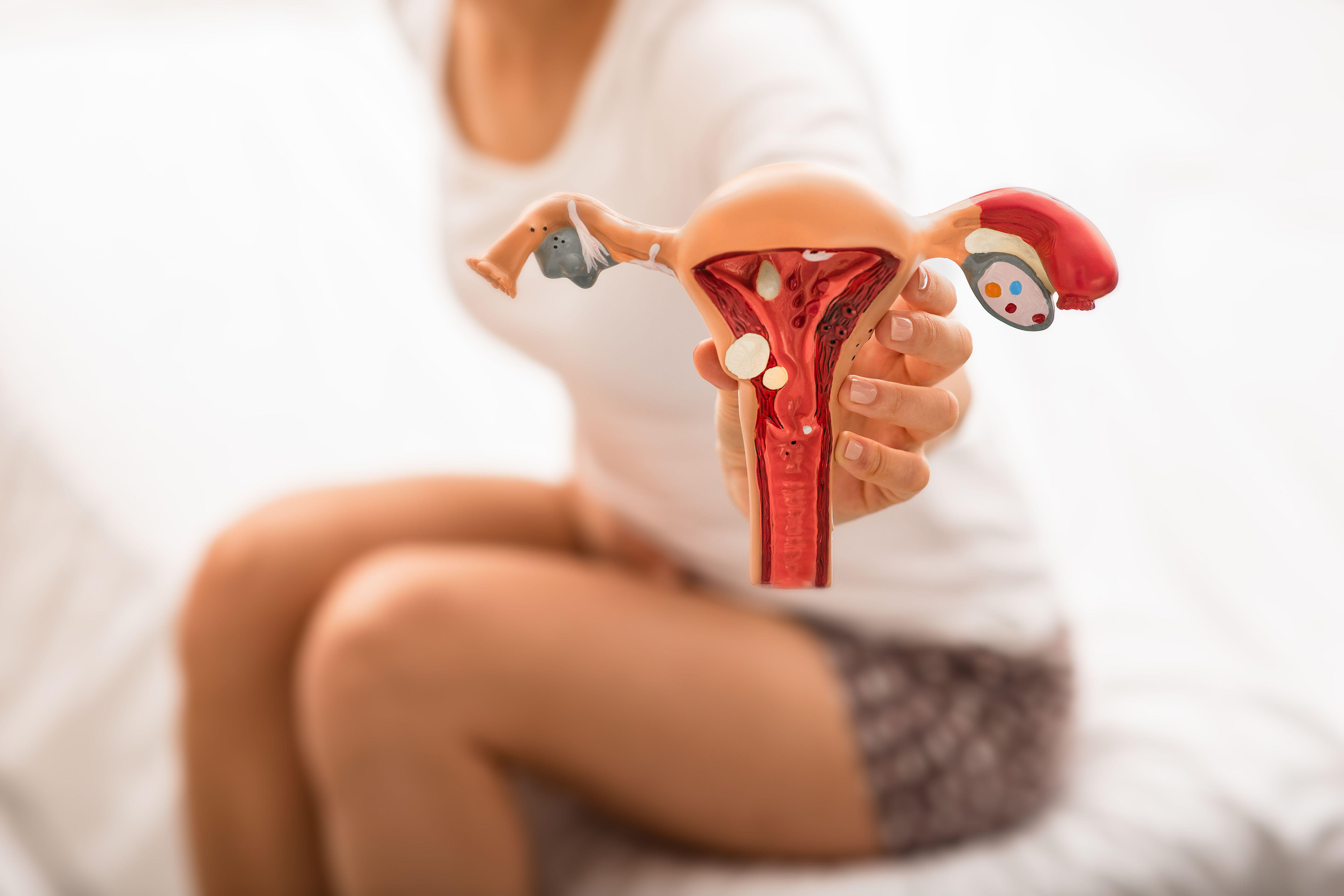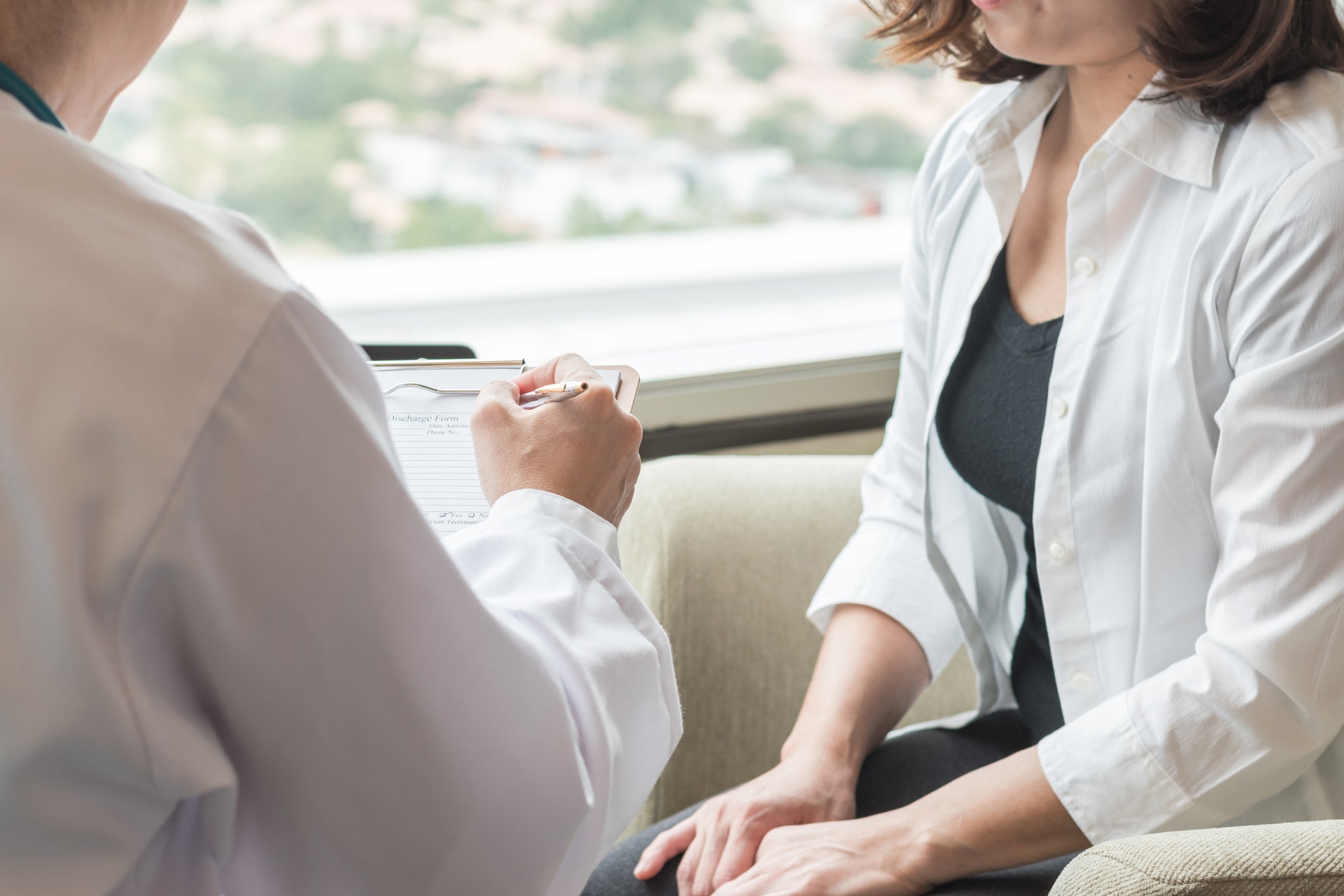British singer and songwriter Ella Henderson has revealed that she was officially diagnosed with endometriosis in January.
Endometriosis affects one in 10 women and those assigned female at birth in the UK, according to Endometriosis UK; however, it remains a widely misunderstood condition.
In a video posted on Instagram, the 29-year-old singer said: “The last few years have been a little bit of a roller coaster to say the least behind the scenes. I have really, really been struggling not only with stomach bloating and physical pain, but also with my mental health on the basis that I thought at one point that this was just all in my head and I wasn’t really believed.”
Henderson said that although it had been “devastating news”, it “has been the most validating and empowering feeling because I can finally take control of my own body”.
“I feel very, very fortunate that I was able to have a laparoscopy earlier this year to find out what I do have. Speaking to other women who have endometriosis and learning about it and understanding it more, and about how to live with it, has been so so crucial to me feeling like I am not alone.”
Emma Cox, CEO for Endometriosis UK, said she applauds Ella for “sharing her experience of endometriosis in such an open and frank way, highlighting the significant and detrimental impact the condition can have on all aspects of someone’s life”.
“Ella’s willingness to share her story will no doubt help others in their diagnosis journey; helping them access the care they need.”

Experts at London Gynaecology have shared exactly what endometriosis is and what some of the common symptoms to look out for are.
What is endometriosis?
“Endometriosis is an oestrogen-driven, chronic inflammatory condition where tissue similar to the lining inside the uterus (endometrium) grows outside the uterus, leading to various symptoms, including painful periods,” explains Mr Hemant Vakharia, consultant gynaecologist, specialising in endometriosis and advanced minimal access surgery at London Gynaecology.
Endometriosis is often categorised into four main types – which refer to the location, amount and depth of endometrial lesions – and it’s possible to have more than one type, according to Endometriosis UK.

Here are some explanations of the different types, which are listed on Endometriosis UK’s website:
- Peritoneal (superficial) endometriosis – is found mainly on the pelvic peritoneum – a thin film that lines the inner surface of the pelvis and surrounds the pelvic organs.
- Ovarian endometriosis (endometrioma) – is when endometriosis cysts are found in the ovaries.
- Deep endometriosis – is found in locations such as the bladder, bowel and recto-vaginal septum (tissue separating the vagina and the rectum). The lesions of endometriosis are at a deeper level than peritoneal (superficial) endometriosis.
- Extra-pelvic endometriosis – is when endometriosis is found outside of the pelvis, such as the thorax (chest) and caesarean scars.
What are the common symptoms, and how do they differ from typical menstrual cramps?
“Painful periods, known as dysmenorrhoea, is a common sign of endometriosis,” highlights Vakharia.
“Endometriotic cells are stimulated by hormones in your natural cycle which causes inflammation and pain.”
Another typical sign is dyspareunia, the medical term for painful intercourse.
“The inflammation can lead to structures in the pelvis sticking together and also lead to thickening of tissues developing,” says Vakharia. “As a result of the inflammation and thickening, patients with endometriosis can have pain with intercourse.”

It can also impact your bowels.
“In patients who have endometriotic deposits on the bowel, or in those where the inflammation has caused their bowel to stick to other structures, it can be painful to open their bowels,” notes the endometriosis specialist. “This can occur with their periods or all the time.”
Other issues include chest pain when on your period, difficulty conceiving and ovarian cysts, adds Vakharia.
How is endometriosis diagnosed?
“If you suspect you have endometriosis, it is a good idea to speak to your GP in the first instance, who will take a history from you and examine you,” advises Vakharia. “Often, they will request an ultrasound of the pelvis and discuss the results with you.”
However, endometriosis does not always show up on standard imaging, such as ultrasounds or MRIs.
“This is especially true in superficial endometriosis, where the signs can be very subtle or when the disease affects areas not easily visualised,” highlights Vakharia. “If you have been told your scan is normal but have persistent symptoms, such as chronic pelvic pain, heavy periods, or pain during sex, it’s essential to advocate for yourself and seek a specialist for further evaluation.”
When should women seek medical help?
“It can be difficult to differentiate between ‘normal’ periods and ‘heavy or painful’ periods, as there is often no objective way of comparing,” says Mr Narendra Pisal, consultant gynaecologist at London Gynaecology. “A lot of women just put up with that ‘time of the month’ and are told to get on with it.
“However, if you have to put your life on hold for those few days or if your sex life is affected by pain during sex, it is time to take note and ask for some tests.”

Pisal acknowledges that it can be challenging for a GP to identify the root cause during a 10-minute appointment, so she suggests keeping a diary to track when your symptoms occur and how intense the pain is.
“Have a diary of your menstrual cycle with particular emphasis on heaviness, pain and any other symptoms with a system for indicating severity,” suggests Pisal.
“Also note down if you have to take painkillers and how many. If the symptoms are affecting your life and you have to take time off work, that is also a significant factor. ”
What treatment options are available for endometriosis?
“Patients can be treated with the combined pill, progesterone-only pill, progesterone intrauterine device or surgery,” says Vakharia. “Sometimes, we also use medications that induce a temporary menopause by blocking hormonal signals to the ovary which reduces stimulation of the endometriotic tissue. This option is often used before surgery for severe disease.
“A laparoscopy will allow diagnosis and excision of disease which can improve symptoms. In patients with severe disease, they may need a two-stage procedure.”


